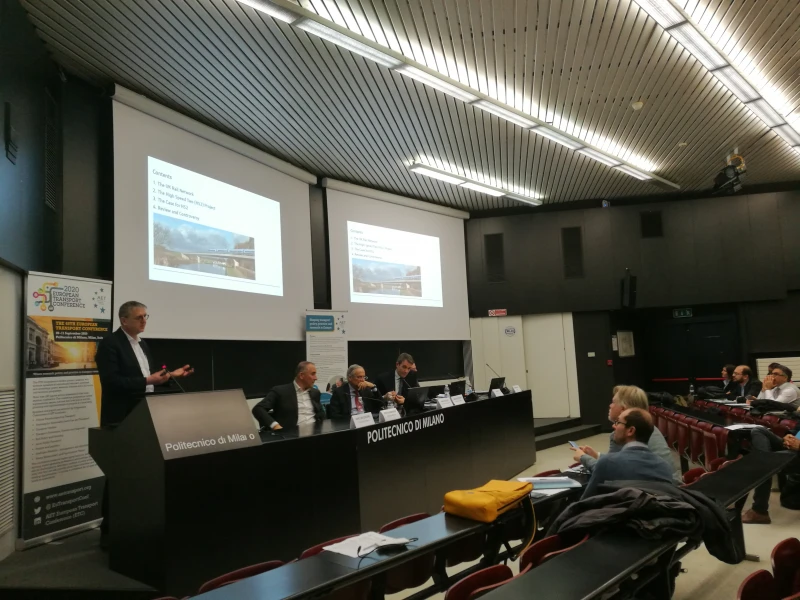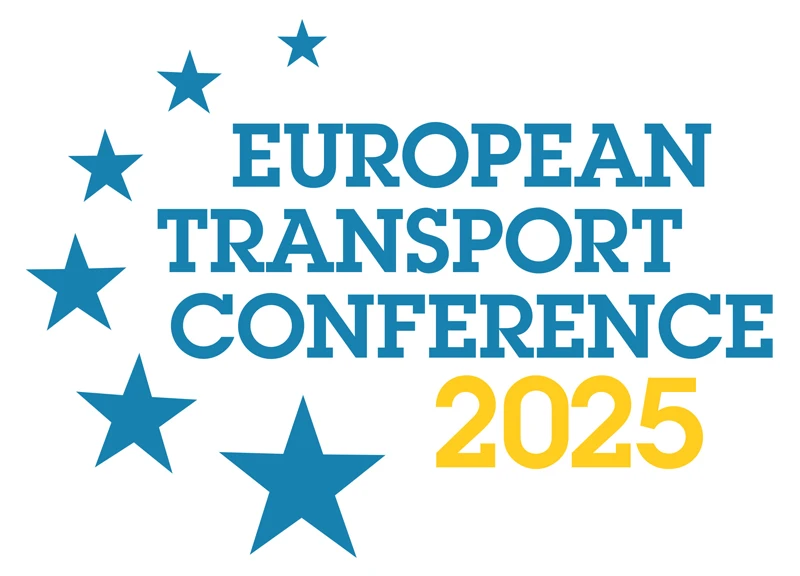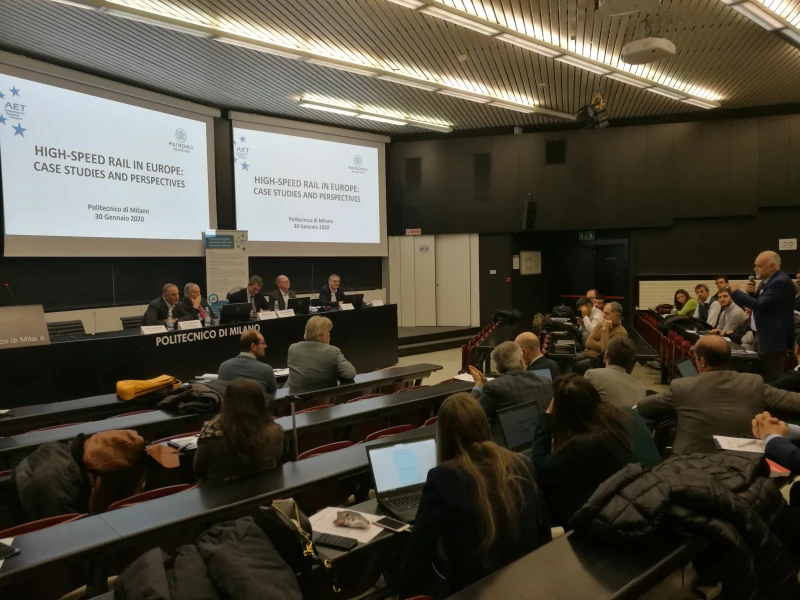-
Past ETC Papers

Browse, search and view papers from the past AET Conferences.
-
Members' Area

AET promotes networking and exchange of ideas, information and opportunities amongst members.
Conference Papers 2018
Dublin, Ireland
ETC Conference Papers 2018
RV-DSS (Resilience and Vulnerability-based interdependency assessment tool): Quantification of the failure propagation in Transport Infrastructure
Seminar
Day 1 (10 Oct 2018), Session 3, Safety, Risk and Reliability, 16:45 - 18:15
Status
Accepted, awaiting documents
Submitted by / Abstract owner
Donya Hajializadeh
Authors
Donya Hajializadeh, Maryam Imani and Vasos Christodoulides
Short abstract
This paper presents the application of RV-DSS on a transport network case study, quantifying failure propagation due to inherent infrastructure interdependencies and streamlining strategic planning by focusing on risk zones of infrastructure networks
Abstract
Currently, the available decision support systems (DSS) rely on risk/vulnerability measures while interdependencies and their resilience in response to extreme environmental hazards are overlooked. Interdependencies among Critical Infrastructure (CI) can cause cascading failures and hence amplify negative consequences due to these failures. This can also affect CI’s service restoration rate and consequently reducing their resilience in coping with these hazardous environmental events. As infrastructures are becoming more interdependent at some sectors, there is an increasing need for better management of these interactions and interdependencies.
Conventional infrastructure management techniques aim to provide a high degree of reliability in design process and risk analysis is the commonly used technique in assessing the response to disastrous threats. However, there are limitations to risk assessment in which not all risks can be quantified due to the existence of emerging and unobserved threats and highly improbable events with high degree of uncertainty are dealt with poorly.
To manage the infrastructure interdependencies and their interactions in response to disastrous events, in addition to holistic risk/vulnerability mitigation approach; there is a need for resilience-informed management system. This will establish the key components of existing CI network and will assess the sensitivity of these components to disastrous events and their capacity in coping with such events. Resilience informed management systems put the main emphasis on systems’ recoverability, resourcefulness and rapidity, in addition to its robustness. Unlike the available DSSs, RV-DSS provides a measure of network resilience in response to hazardous events, in addition to vulnerability measure. This measure provides a quantitative metric of the robustness, recoverability, rapidity and resourcefulness of the infrastructure network in response to environmental hazards.
This paper presents the application of RV-DSS on a transport network case study, quantifying failure propagation due to inherent infrastructure interdependencies and streamlining strategic planning (e.g., winter preparedness in road and rail networks; use of smart technologies in structural health monitoring) by focusing on risk zones of infrastructure networks, and improve the resilience of infrastructure systems in response to low probability/high impact hazardous events.
Programme committee
Intelligent Mobility - Management and Operation
Topic
The Wider Economic Benefits of Transport Investment
Documents:
No documents yet.
Association For
European Transport
Forester House
Doctors Lane
Henley-in-Arden
Warwickshire, UK
B95 5AW
+44 (0) 15 64 793552
VAT number: 710 1866 64
Conference Supporters & Endorsers




Legal Entity
The Association for European Transport is registered as an Association ('vereniging') with the Chamber of Commerce for Haaglanden in The Netherlands under company number 27170096.
Built on Zenario




